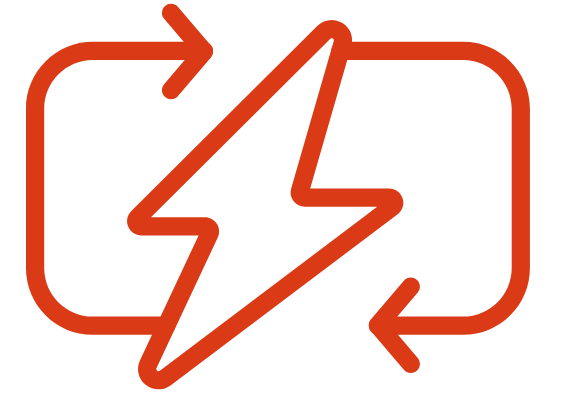Increasing Energy Density of Na-Ion Batteries
Project overview
This project aims to advance sodium-ion (Na-ion) battery technology as a sustainable and abundant alternative to lithium-ion batteries, addressing the global challenge of lithium scarcity amidst the electrification boom. Despite the current lower energy density of Na-ion batteries compared to lithium-ion counterparts, this research focuses on enhancing the energy density through the development of novel anode and cathode materials.
This project specifically targets the creation of anode materials based on hard carbon incorporating a unique alloying species, "X", and improving cathode materials within the layered oxides family for higher specific capacity and air stability. Additionally, the project will explore electrolyte formulations compatible with these new materials to achieve improved battery life and performance.
This innovative approach aims to make Na-ion batteries a viable option for a wide range of applications, including mobile devices and electric vehicles, by overcoming the limitations of current Na-ion technology.
Key project details
| Principal investigator | Michael Metzger, assistant professor, Dalhousie University |
Co-principal investigators |
Chongyin Yang, assistant professor and Tesla Canada Chair, Dalhousie University |
Research collaborators |
Jeff Dahn, professor, Physics and Atmospheric Science, and Canada Research Chair, NSERC/Tesla Canada Industrial Research Chair, Dalhousie University; Karim Zaghib, professor, Chemical and Materials Engineering and CEO of Volt-Age, Concordia University; Yinjgie Xing, Tesla; Andrew Ulvestad, Tesla; Sunny Hy, Tesla |
| Non-academic partners | Tesla |
| Research Keywords | Energy storage, renewable energy, sodium-ion battery, energy density, new anode materials, new cathode materials. |
| Budget | Cash: $200,000 In-Kind: $210,000 |
Research focus

Positive electrode materials for na-ion cells leading to improved energy density
This goal focuses on enhancing the energy density of Na-ion cells through two main strategies: increasing the average voltage of the material and increasing the specific capacity of the material. The project will address the challenges associated with these strategies, such as irreversible phase transitions and the need for new electrolyte systems resistant to oxidation. It will also explore the impact of dopant atoms on the structure and voltage profile of Na-ion battery materials.

Increasing the specific capacity of the hard carbon negative electrode for na-ion batteries
This goal aims to increase the specific capacity of the hard carbon negative electrode used in Na-ion batteries. It discusses adopting strategies similar to those used in Li-ion batteries, such as alloying elements with graphite, to enhance capacity. The package considers the viability of different elements for alloying and draws on past research and commercialization efforts in this area.

Data summaries, reporting to partners, impact proposal
The final step involves the regular summarization of data and reporting to project partners. The team will draft an impact proposal, contingent on the successful achievement of project targets.
Non-academic partners
Thank you to our non-academic partners for your support and trust.

Funding
Volt-Age is funded by a $123-million grant from the Canada First Research Excellence Fund.


